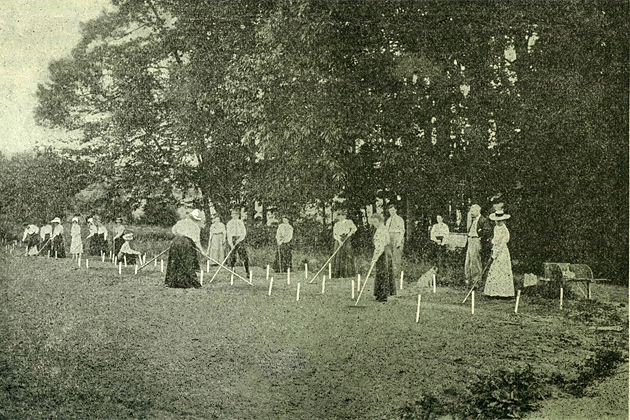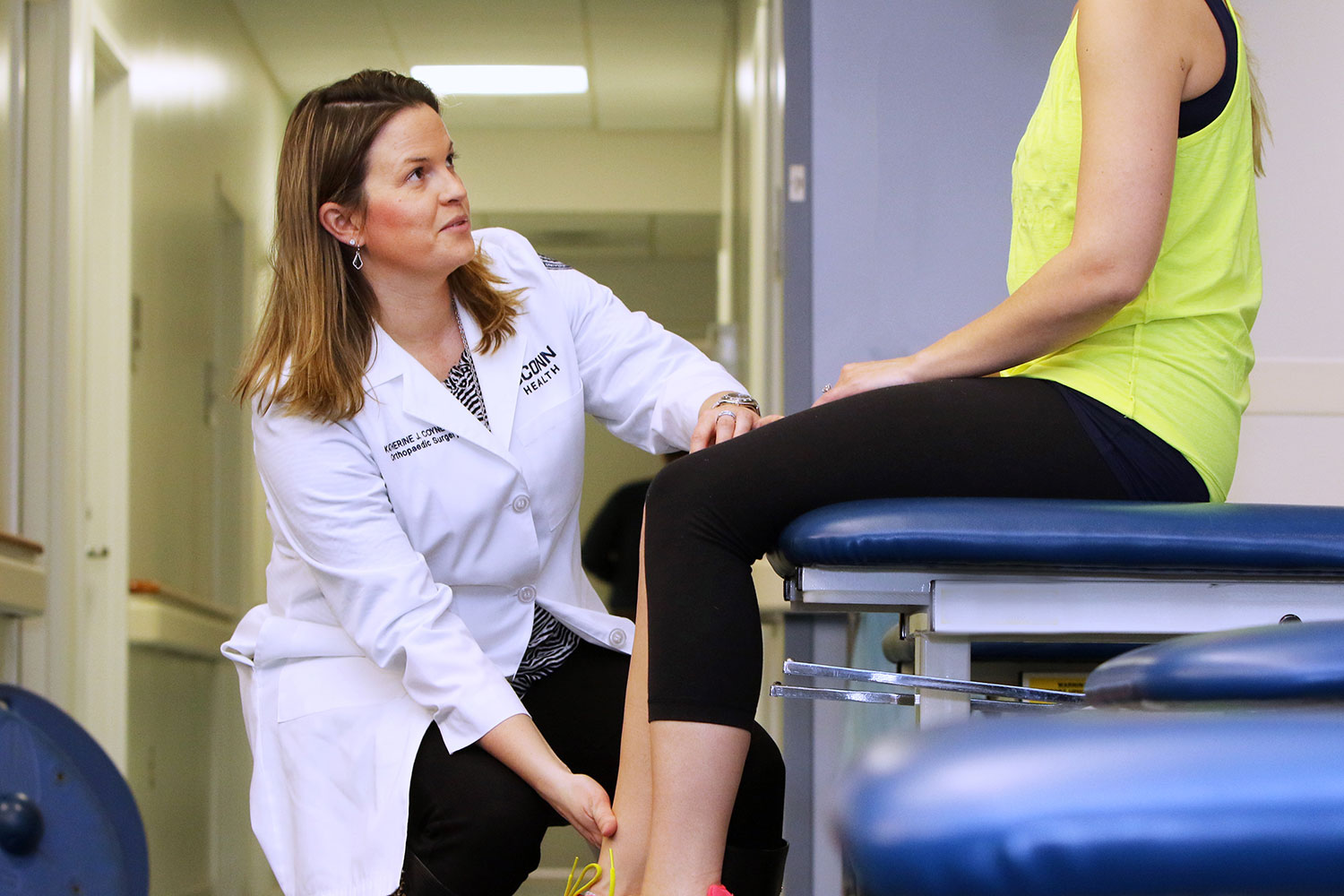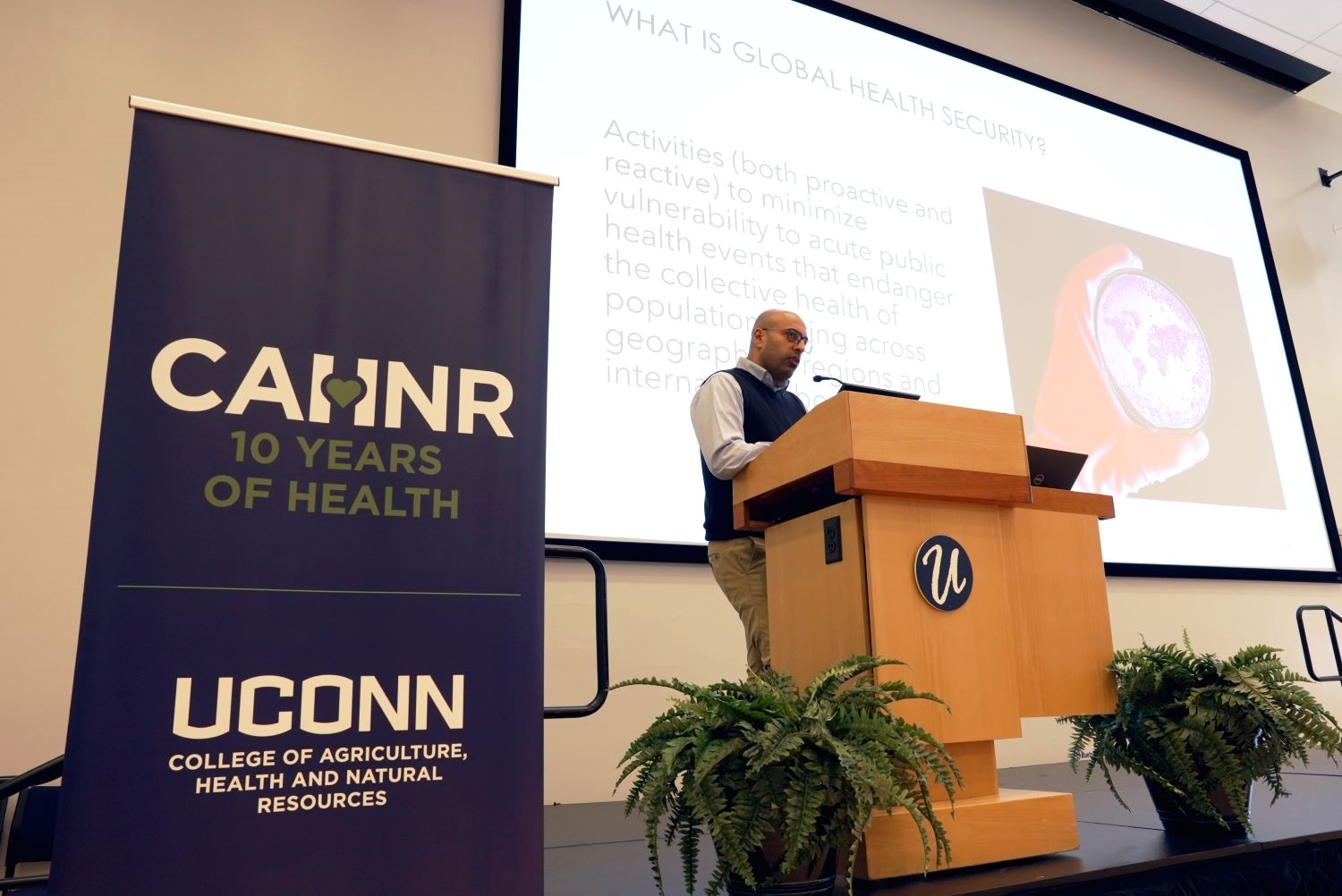
Dina Plapler, vice president for development at the Health Center, was recently rummaging through items at a yard sale when she came across a UConn newspaper – The Connecticut Campus – dated April 11, 1930. UConn was then known as Connecticut Agricultural College and the paper was a sort of amalgam of what is now the Daily Campus and UConn Today – written by both students and faculty.
Dina said she thought I’d find it interesting and sent it my way – she was right. As much as anything, it’s fascinating to see how far we’ve come in 82 years – not all that long, as universities go – growing from a small agricultural school to one of the best public research universities in the nation.
In April 1930, Herbert Hoover was President of the United States, the stock market had crashed only a few months before – heralding the onset of the Great Depression – World War I had only ended 12 years earlier, our current president would not be born for another three decades, and women had only been able to vote for 10 years.

Actually, the fact that women were attending the college was apparently still a fresh issue in people’s minds: under the headline “Admitting Women to Storrs School Makes Period of Growth,” a history professor recalls a battle on the floor of the state legislature in the 1890s, after the college first began admitting women. After recalling that a legislator had decried the idea of women at the college, the professor went on to write of the response:
“But the very next day, John L. Saxe of Waterbury, pointed out before the House how fitting and necessary it was that the farmer’s wife should be able to help the farmer” – remember, it’s an agricultural school in the 1890s – “in his work. ‘Surely’, he added ‘no one will attempt to degrade womanhood, when she stands side by side with her husband whom she has chosen to support.’ Following this statement the House roared in laughter.”
I suppose that’s a little amusing. The story is accompanied by an old photo (even then) of female students working outdoors with a caption reading: “Equality Seekers.”
Women took courses for the first time in Storrs in 1891, and the college saw its first female graduates in 1893. Today, of course, women make up a little more than half of our student population.
Another headline reads: “Efficiency is Aim of New College Policy by Dr. Works” (its then-president). This is a good example of “the more things change, the more they stay the same.” The UConn of 2012 is fresh off an engagement with McKinsey and Co. designed to save tens of millions over a period of years – in the name of efficiency.
The paper’s editorial also complains that students are not using their time wisely enough during breaks – choosing to stay up late “prowling around the countryside” instead of devoting themselves to their studies. This also has a familiar ring to it.
In lighter news, in recent years, it wasn’t all that unusual to walk around campus and see the occasional student sporting an animal tail hanging out of the back of their pants. As odd as that was, it turns out this sort of thing was not novel: as part of “Junior Week,” running from May 8 to 10, 1930, the paper notes that “five freshman co-eds were to be seen walking around the campus and through the various buildings backwards with yellow ribbons and streamers flowing down their back and around their heads, arms and feet.” They were apparently being initiated into what was known as “The Exalted Order of Ground Hogs.” The names of those being inducted into this unfortunately-named organization were then noted for posterity.
The most amusing content – actually a trigger for eye-rolling – is the “risqué” jokes listed on the humor page. They include the following (note that students of the time called themselves “Aggies”):
Aggie – Do you believe in the hereafter?
Co-ed – Why, certainly.
Aggie – Well, how about a little necking; that’s what I’m here after.
And:
Co-ed – Isn’t the moon beautiful?
Aggie – I’m in no position to say.
Ahem.
Finally, a note of pride: though a small agricultural school, the Connecticut Agricultural College was already home to distinction – front-page stories note that the Registrar was departing for a fellowship at Stanford University and a faculty member had been awarded a University of Chicago fellowship. These are two of the great schools we interact and collaborate with now. My takeaway: UConn has always been home to great faculty.
I would urge the students, faculty, and staff of today’s UConn to make it a point to go to the Homer Babbidge Library to peruse their vast collection of historic papers, such as this one. It’s a look into a distant past that helps us truly appreciate how far we’ve come and who we are today.



